Air Cooled Heat Exchangers are used in the plants to utilize the atmospheric air to cool the hydrocarbon, process, and utility fluids by means of direct heat transfer from the fluid (within the tube) to be cooled by air circulated by means of forced/induced draft fan.
In Order to increase the heat transfer area, fins are also attached periphery of tubes. These heat exchangers are generally designed, inspected, and tested as per EN-ISO 13706.
The purpose of this article is to provide guidelines for the Piping Design/Layout connected to Air Cooled Heat Exchanger (Fig. 1) or Air Fin Fan Coolers. Click here to have a brief idea of Air Cooled Heat Exchangers.
Types of Air Cooled Heat Exchangers / Air Cooler Types
There are three types of Air cooled heat exchangers
- Forced Draft: The bundle is located on the discharge side of the fan. The fan is below the finned tube bundle.
- Induced draft: The tube bundle is located on the suction side of the fan, that is, the fan is above the tube bundle and sucks the air from the bottom.
- Natural Draft (Used only for applications like transformer Oil Cooling)
Depending on the position of the inlet and outlet nozzle air coolers, are of the following types:
- EVEN PASS ARRANGEMENT: Inlet nozzle of the air cooler is at the top side of the header and the outlet nozzle is on the same side but at bottom of that header.
- ODD PASS ARRANGEMENT: Inlet is at the top of the header and the outlet nozzle of the air cooler is at the opposite header side but at bottom of the header.
- SPLIT HEADER TYPE: When the differential temperature between inlet and outlet nozzles exceeds 111 degrees Celsius then a split header arrangement is used.
Different Types of Construction Air-cooled Heat Exchangers
- Single Pass Cooler
- Multipass Cooler
- U Tube Cooler
Air Cooler Equipment Layout Design
As this equipment needs a good flow of air for the purpose of better cooling, the location of the air fin fan cooler has to be such that it is not directly crowded or surrounded by other structures or equipment which blocks the path of plenty of airflows.
This static equipment is generally installed on the top of the pipe rack or other structure so that there is no difficulty or obstruction which can reduce proper airflow. Again by installing the air-cooled heat exchangers on top of the rack, huge space on the ground can be saved and the plant will become more compact.
Based on the width of the pipe rack or structure, normally the tube bundle length is fixed. Thus supporting legs of the air cooler bundle comes on the main civil or structural beams, which simplifies the pipe rack design. At the same time, it is desirable to adjust the pipe rack or the structure’s longitudinal column spacing based on the width of the air cooler bundle such that bundle legs straight away sit on top of the columns. Sometimes, This may not be possible to adjust as each tube bundle might have varied widths depending on service conditions, and adjusting pipe rack columns for different widths may not be feasible from a structural design and detailing point of view.
Walkways between two sets of air coolers are desired, which means if one cooler consists of ten bundles and the other of five bundles then walkways have to be provided in between, after the 10th bundle and before of next five bundles. This dimension of this walkway has to be a minimum of 1.5 to 2.0 m wide as this will be the only place at such elevation to keep tools and parts during maintenance.
The air Fin Fan coolers on the pipe rack shall be located in such a way that the bundles are accessible with a crane at least from one side.
Air Fin Fan coolers must have access platforms mounted on the air-cooled heat exchanger structure at least on the operating side. An all-around platform is a better provision for maintenance.
Air Fin coolers have motors hanging at the bottom of the coolers. Hence, It is required to give access platforms underneath the cooler for maintenance of the motors. The localized platform can also be used.
A regular staircase needs to be provided for accessing the air fin cooler platforms or motor maintenance platforms.
Normally Inlet piping of air cooler requires a symmetrical distribution and loops. The piping needs to be supported so either air cooler structural columns or pipe rack structure columns need to be extended upwards to properly support the piping. Such data has to be given at a very early stage in the project as this needs to be considered during pipe rack design.
If the Air cooler is grade mounted then the area beneath the air cooler shall be paved to avoid the flow of sand/ dust on tubes.
For two fans per bay, the height of the underside of the fan inlet bell (on forced draft units) or of the underside of the bundle (on induced draft units) shall be at least 2 m or one fan diameter (whichever is the greater) above the ground level, elevated floor or pipe bridge. For three or more fans per bay, the height of the underside of the bundle shall be agreed upon with the Principal.
Air Cooler Piping Design Considerations
Air coolers are normally used when a large quantity of vapor is required for condensation or a huge quantity of gas or liquid needs to be cooled. Such an application is common in the case of column overhead vapor condensation. The major points which need to be taken care of while pipe routing or laying air fin cooler connected piping (Refer Fig. 2, Fig. 3, Fig. 4, and Fig. 5) are as follows:
From the center line of the complete air cooler assembly, the piping distribution to the air cooler should be symmetrical.
If the supply line has very low pressure, care needs to be taken to keep no. of bends or elbows to a minimum. But functionality and stress requirements have to be considered. Line sizing during the distribution has to be proper if required the same has to be checked with the process or operations department.
The length of all branch pipes for all tube bundles from its header has to be more or less similar to keep pressure drop the same and this will ensure equal distribution of fluids to all bundles.
Normally inlet side header box is considered fixed for piping connection and the other header is floating. But the bundle can move in the transverse direction of tubes = 6 mm or if it is fixed at one edge then it can move by 13 mm in the other direction (as per API 661). This displacement is required for piping header expansion compensation. However the same has to be checked with the air cooler vendor as they may provide other displacement provisions.
The movement of tube bundles in a transverse direction could occur only when the piping connected to equipment nozzles generates enough force to overcome the friction at the bundle supports that is why it is a common practice to provide SS or PTFE plate at the support point (but this must be consulted with the vendor) to ease the movement.
The loads due to thermal expansion, pipe, insulation & fluid weight, and an inside pressure of piping created on the bundle nozzle shall be less than the limits given by EN-ISO 13706. Sometimes vendor allows a more allowable load (normally 2 times the code given allowable nozzle loads). So it is required to discuss the same with the vendor at the initial stage of the project. The stress analysis of air cooler-connected piping systems is covered here.

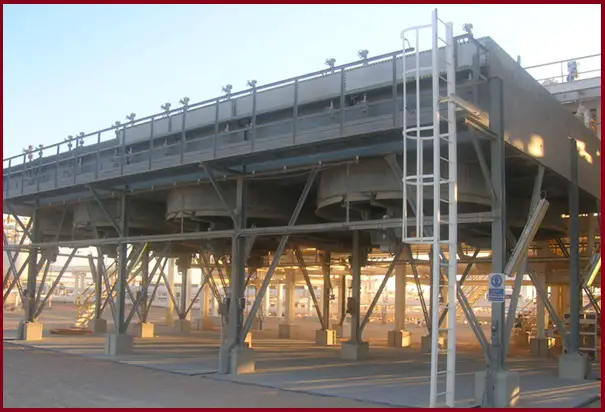
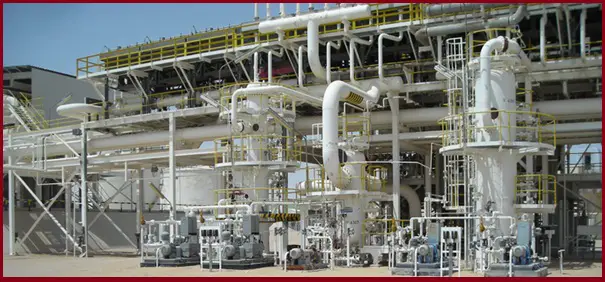
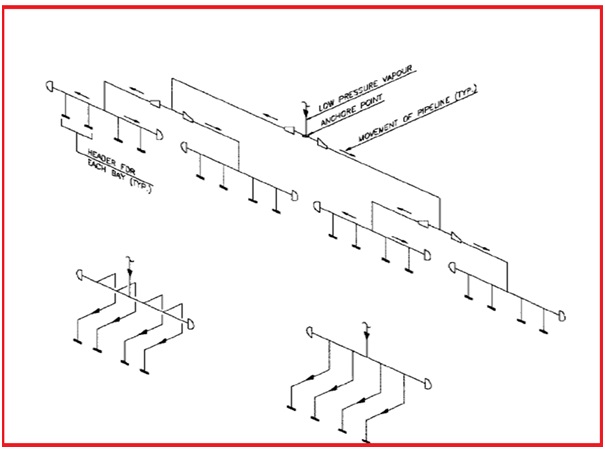
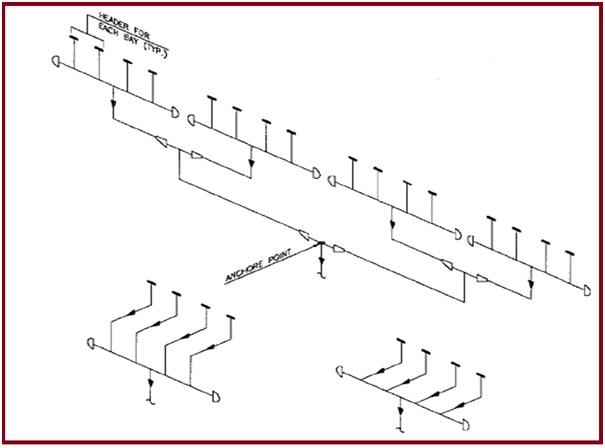
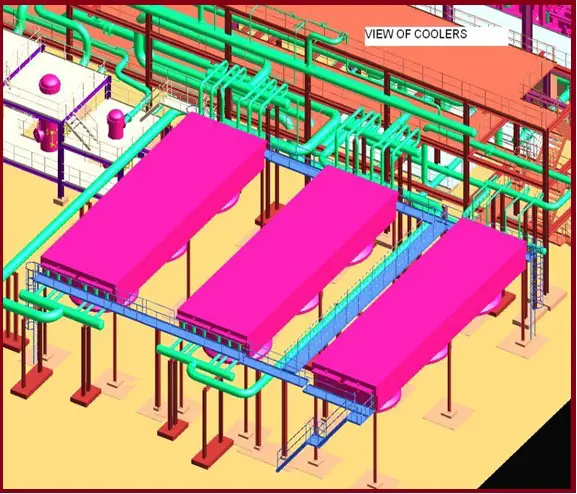
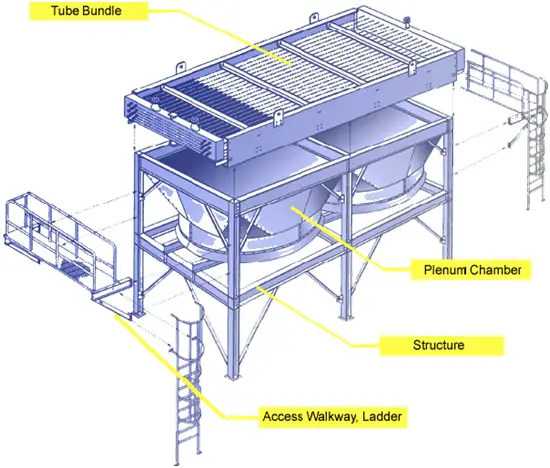
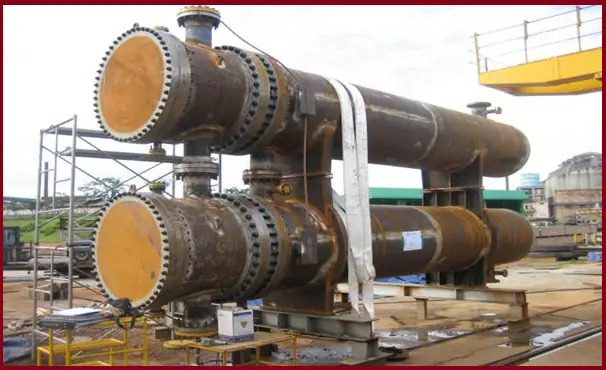
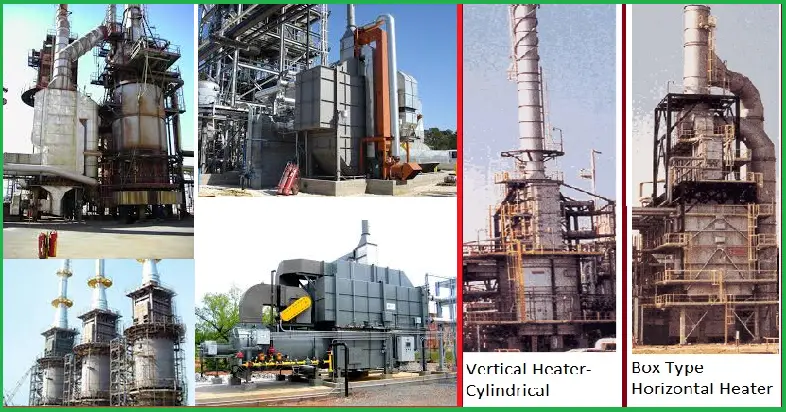
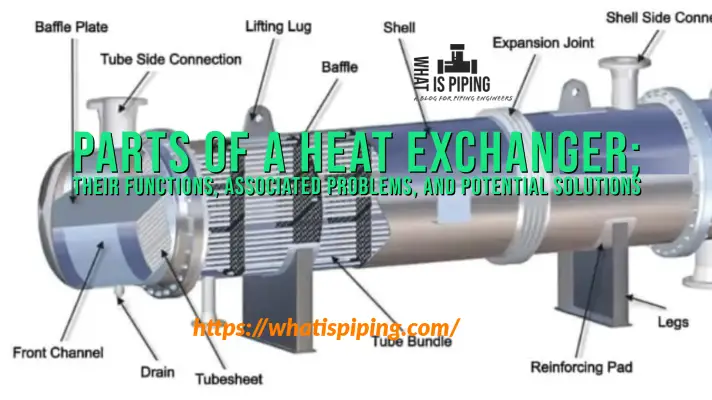
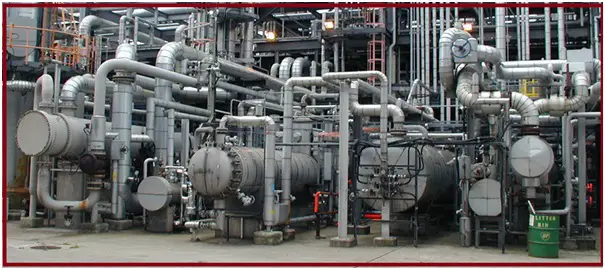
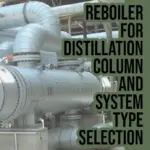

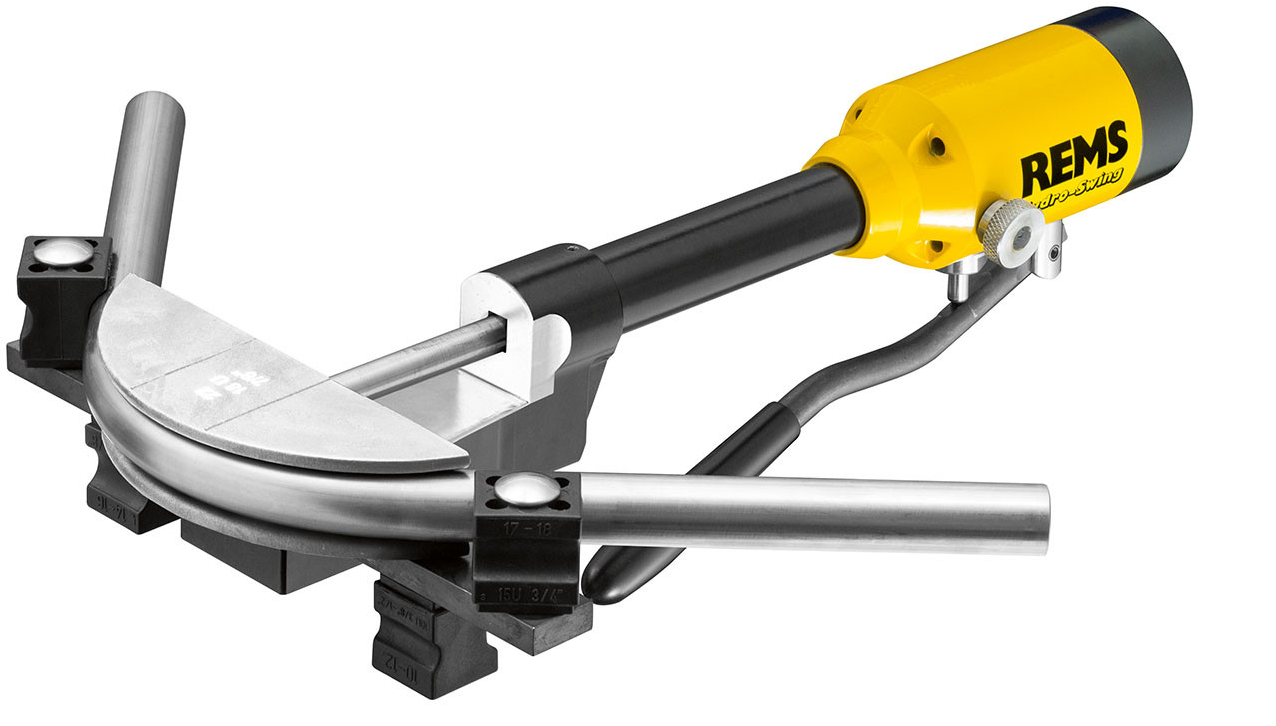
Dear Anoop,
Since there are different approaches in modelling air cooler system.it would be very nice if you are sharing an article on air cooler piping analysis.
hello,
how to model air fin cooler in caesar
Dear sir,I am visiting your profile we impressed your organisation.
I am director of SM GROUP we masters or specilised in all types of pipe line steching,laying . I am interested work with you or yours organisation so give us a positive responce.
Regards,S M GROUP.
in ACC outlet header which is connecting to priority vessel needs any slope
hi this is Venkadesan from Saudi , brown filed shut down work, replacement of piping, there is AFC inlet sub header piping flange misalignment with nozzle, we proposed equipment alignment to avoid piping modification save time, my concern is there any impact in other side of outlet sub header nozzle with piping.
please reply.
Hi could you clarify the the MAN HOLE (MH) requirement in the Air cooler Heat exchanger piping?
The line is 24″ and there was a 24″ MH on the line. Can anyone clarify this?
thanks,
Murugaiyan